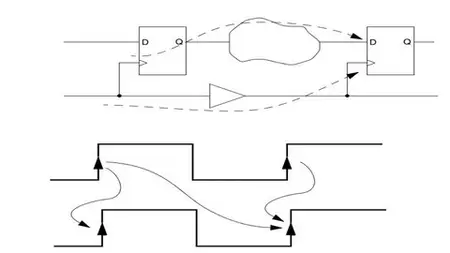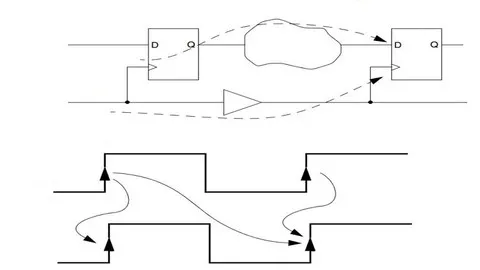Digital Ic/Fpga Design P4: Sta && Dc Synthesis
Published 2/2025
MP4 | Video: h264, 1920x1080 | Audio: AAC, 44.1 KHz
Language: English | Size: 1.86 GB | Duration: 3h 9m
Published 2/2025
MP4 | Video: h264, 1920x1080 | Audio: AAC, 44.1 KHz
Language: English | Size: 1.86 GB | Duration: 3h 9m
Static Timing Analysis and DC Synthesis
What you'll learn
Principle of STA
Basics of stander cell library
Characters of clock in STA
Setup/hold timing analysis for same clock
Common used timing constraints
Timing analysis for same clock domain (synchronous path)
Timing analysis for different clock domain (asynchronous path)
Synthesis example using Design Compiler (including whole TCL script)
Requirements
Basic knowledge of digital fundamental
Description
In this chapter I will introduce how to do static timing analysis for digital circuit. And give you're a synthesis example using Design Compiler from Synopsys. Detailed contents:1: Principle of STA;2: Basics of stander cell library;3: Characters of clock in STA;4: Setup/hold timing analysis for same clock;5: Common used timing constraints;6: Timing analysis for same clock domain (synchronous path);7: Timing analysis for different clock domain (asynchronous path);8: Concept of OCV;9: Synthesis example using Design Compiler from Synopsys (including whole TCL script);This is chapter 4 of whole Digital IC and FPGA design course.In the whole course, I will introduce fundamentals of digital IC and FPGA design, with 12+ coding exercises and 3 course projects.Theory part: MOS transistor -> logic cells -> arithmetic data path -> Verilog language -> common used HW function blocks and architecture -> STA -> on-chip-bus(APB/AHB-Lite/AXI4) -> low power design -> DFT -> SOC(MCU level).Function blocks and architecture: FSM, pipeline, arbiter, CDC, sync_fifo, async_fifo, ping-pong, pipeline with control, slide window, pipeline hazard and forward path, systolic.Project: SHA-256 algorithm with simple interface, SHA-256 with APB/AXI interface, 2D DMA controller with APB/AXI interface.After explaining of each HW architecture, I will give you a coding exercise, with reference code. Coding difficulty will begin from several lines to fifty lines, more than 100 lines, then around 200 lines. While the final big project will be 1000+ lines.I suppose these should be essential knowledge and skills you need master to enter this area.I will try my best to explain what-> how-> why and encourage you to do it better in this course.Please browse to my homepage on Udemy to obtain information about each chapter of this course.
Overview
Section 1: Introduction
Lecture 1 Introduction of Static Timing Analysis
Section 2: Principle of STA
Lecture 2 Why need Static Timing Analysis
Lecture 3 Timing and DRC Check Types
Lecture 4 Cell Library and Delay Calculate
Section 3: Timing Analysis for Synchronous Path
Lecture 5 Charactors and Define of Clock in STA
Lecture 6 Terminology for STA
Lecture 7 Setup&&Hold Calculation for Timing Path of Same Clock
Senior undergraduate students of EE or higher,IC design/verification engineers with 0~2 year experience



